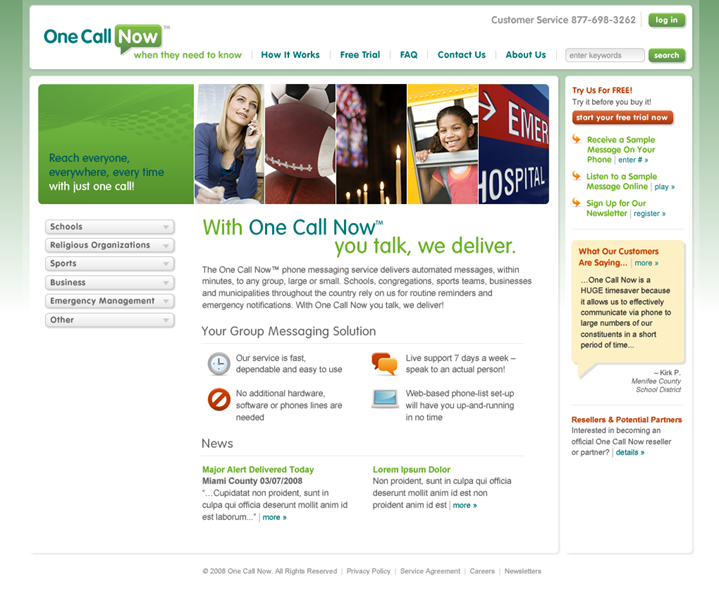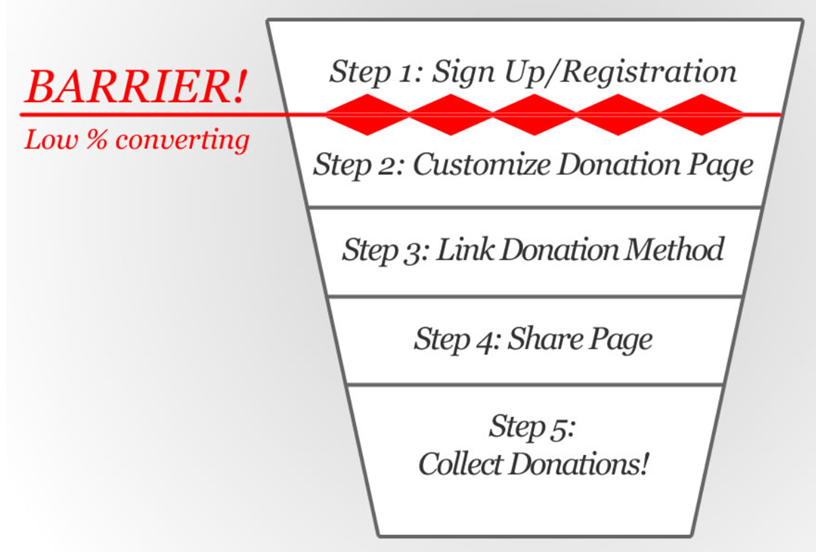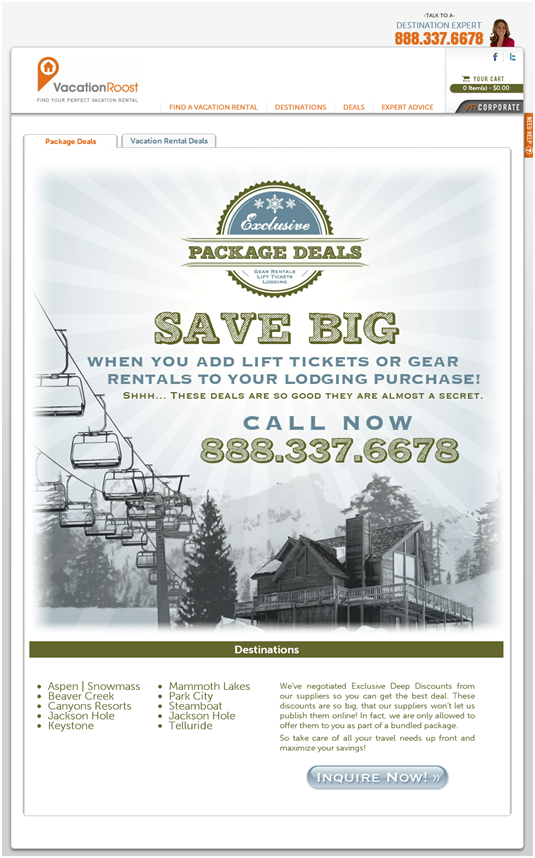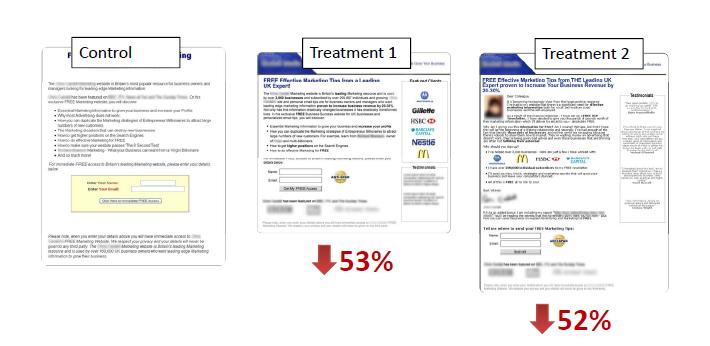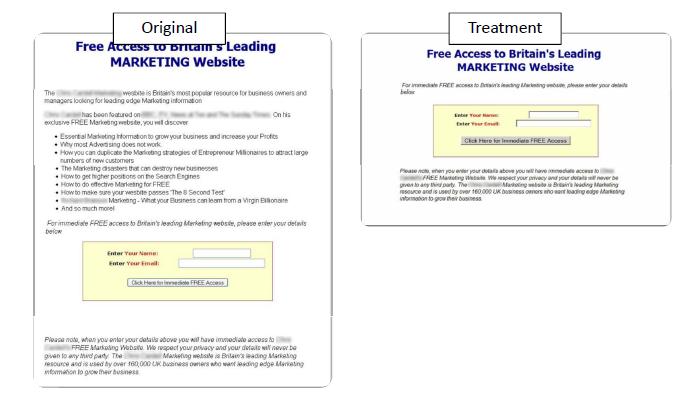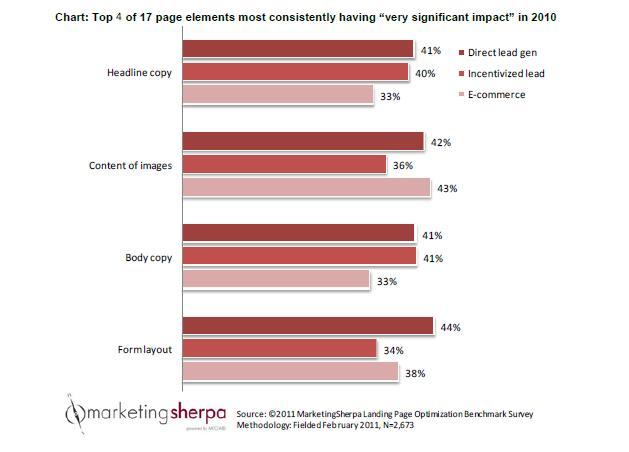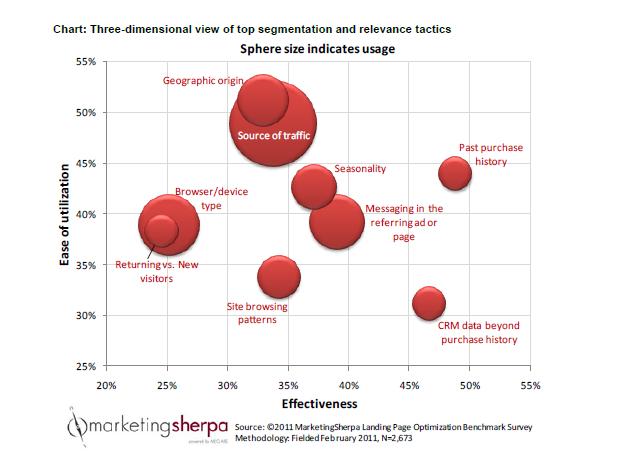“If you don’t eat yer meat, you can’t have any pudding.”
- Pink Floyd, “Another Brick in the Wall (Part 2)”
The song was an outlet for bassist Roger Waters to express his dislike for the forceful approach to learning that was popular in the British education system during his youth. This serves as a great analogy for why forcing your customers to register for accounts is not always a good idea.
In today’s MarketingSherpa Blog post, I want to demand that you allow your consumers to have their pudding, even if they don’t eat their meat.
But in some cases, I know that “required” just can’t be avoided, so I’ll also share two methods you can try when your company just won’t budge on “leaving the kids alone,” as the song goes.
Make buying easier for users with low motivation
Unless your brand has the near cult-like following of Apple or Coca-Cola, then it’s likely your website will play host to visitors with low motivation.
Now, what will chase away users – and metaphorical British schoolchildren – with low motivation faster than a 12-inch ruler?
Having to submit their information to yet another website!
If a new visitor – most likely an important demographic to your business’ revenue – is forced to commit to an account before they make a purchase on your site, then you could lose this new customer.
Avoid cart abandonment by keeping new users moving through your checkout
Another reason to avoid a required registration is the dreaded cart abandonment.
Combine a visitor with low motivation and subject them to a rather lengthy checkout process, and you are just adding another brick in the wall.
But sometimes, registered accounts simply can’t be avoided for whatever reason …
What do you do then?
Well, it’s all in how you approach a customer with your demands for their data. While I discourage required accounts, consider these two account registration methods from our research that you can test to hopefully increase your sales and minimize cart abandonment:
Method #1. Front-end option
Provide an optional account registration option at the beginning of the checkout process for users with high motivation or brand loyalty.
However, you may need to provide some incentives to convince that user the registration option is in their best interest.
Method #2. Back-end option
Most businesses still need to ask customers to fill out billing and shipping information during the checkout process.
Why not offer customers an opt-in to a registration after their information has been submitted?
This only requires one action from the visitor (a “yes” or “no” answer) and can be placed before or after the completion of the order.
You may also need some additional value copy to convince users that a registration option is in their best interest, but the beauty here is that you’re not making them jump through the same hoop twice.
No matter which option your pick, the goal here is testing your sales funnel to discover the most strategic place for a required account registration if you can’t avoid it.
Read more…
 Assuming you don’t live in a shell, you have probably seen or heard of the Teenage Mutant Ninja Turtles. They’re the immensely popular superhero group that began as a comic in the 80s, and reached peak popularity in the 90s, and to this day, maintains a cult following with children and adults alike.
Assuming you don’t live in a shell, you have probably seen or heard of the Teenage Mutant Ninja Turtles. They’re the immensely popular superhero group that began as a comic in the 80s, and reached peak popularity in the 90s, and to this day, maintains a cult following with children and adults alike.



